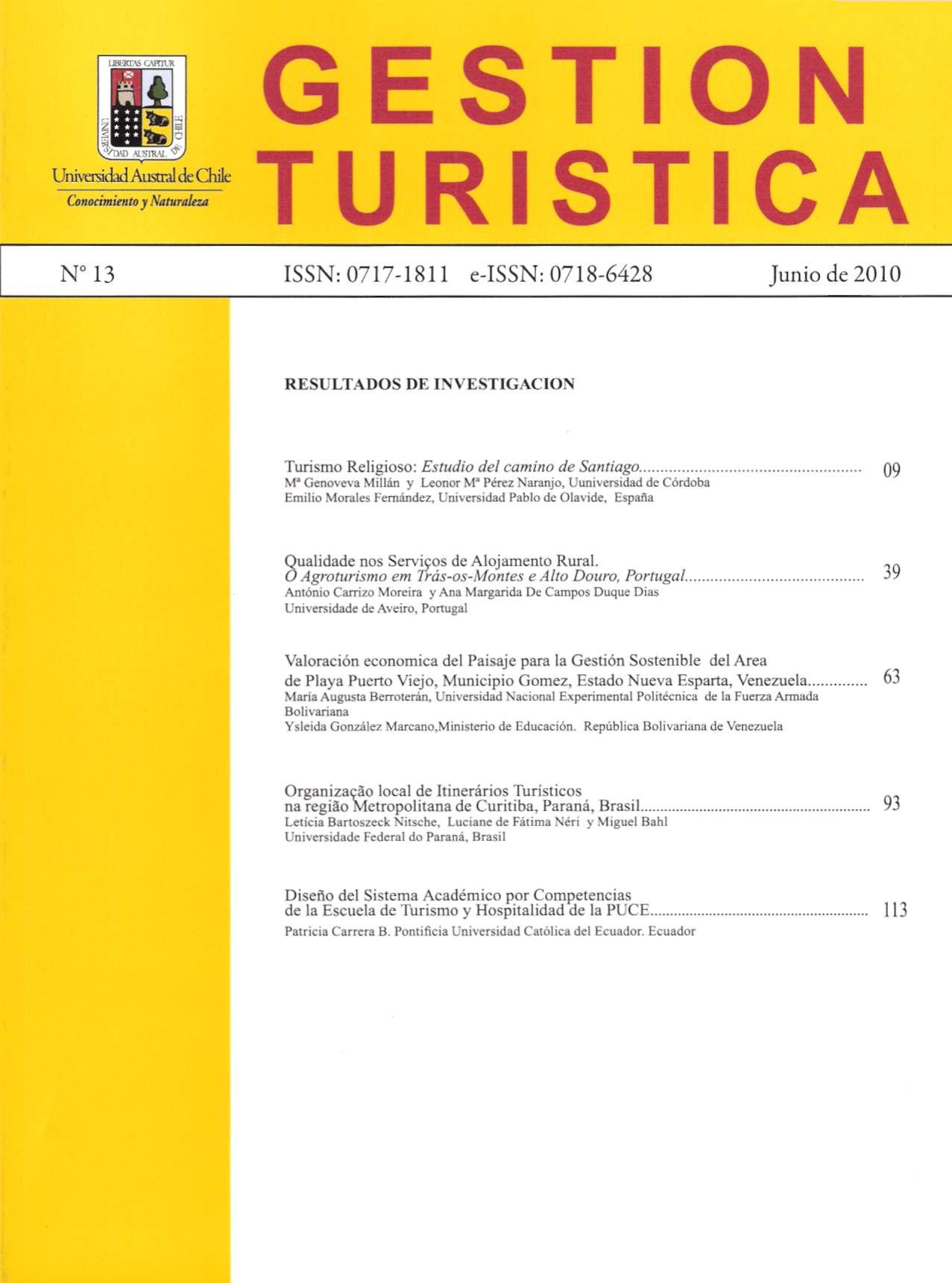SOCIO-PRODUCTIVE LINKAGES AND ECOSOCIOECONOMY OF ORGANIZATIONS. A purposeful analysis for especial interest tourism (TIE) in “lacustre” territory of “Araucania”
Main Article Content
Abstract
This research is located in the lacustrian area, Araucanía District, south of Chile; this territory includes municipalities of Villarrica, Pucón and Curarrehue. In this area, Special Interest Tourism becomes extremely important for ecosocioeconomic opportunities presented to local residents, namely, preservation of traditional ways of living, preservation of nature, employment opportunities and local income. We hypothesize that benefits from TIE are not only economic, which increase its complexity, due to its characteristic of being a productive activity chained synergistically with other productive activities. The aim of this paper is to propose a pilot project that, from ecosocioeconomy of organizations, seeks to identify and create linkages of good socio-productive practices. This study was accomplished through an intentioned sample of local people from the public and private sectors identifed as strategic leaders. People representing municipalities, guilds, and local leaders, were interviewed as well as entrepreneurs (micro and small) were surveyed. Finally, ecosocioeconomic strategies for territory were proposed. We have considered that the ecosocioeconomy privileges, rather than theory, the practical experiences of lifestyle, where the dynamics happen and bring new symbols and meanings, such as Local Agenda 21, community tourism, corporate social responsibility, solidarity economy, bioarchitecture and management of environmental conservation areas. (Sampaio, 2010).

